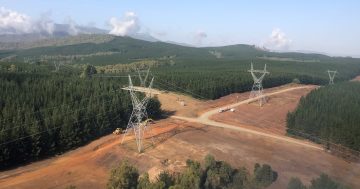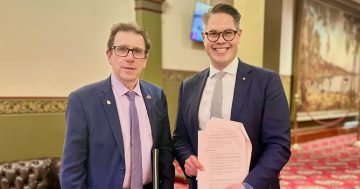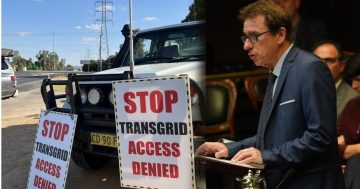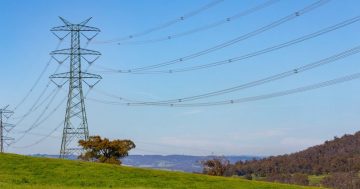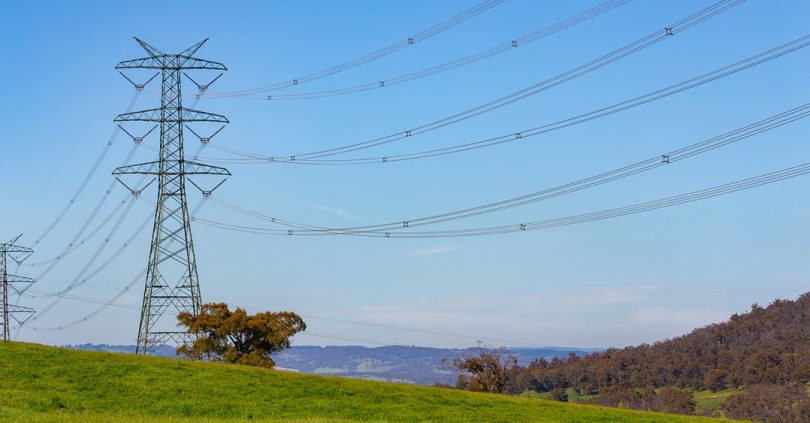
The HumeLink project cost has grown from $1.3 billion to $3.3 billion in two years. Photo: Transgrid.
A blowout in projected costs and ongoing controversy over an acceptable route has led to the adoption of a “staged approach” to the massive HumeLink project.
Two years ago, the Australian Energy Market Operator (AEMO) submitted its draft Integrated System Plan (ISP), considering HumeLink an “actionable” project.
Its 2022 plan describes the project as being actionable for “commencing with early works, and then proceeding with implementation so long as the project passes decision rules that demonstrate consumers will continue to benefit from the project”.
While there is no concern regarding the eventual delivery of the project at the moment, the “staged approach” and requirement to pass decision rules has raised questions about how far off the project’s delivery really is.
The report details why this has changed, pointing to the significant cost increases provided by Transgrid, additional investments in dispatchable capacity made since the last ISP, and the reliance on a completed Sydney Ring reinforcement to realise the benefits of the project.
An AEMO spokesperson stressed that this is not a downgrade of classification and rather that funding for the project has been separated into two stages – early works and implementation. They said this has been done to ensure the project can be delivered when it is required.
Two years ago, the project’s total cost was estimated to be about $1.3 billion and today the current estimate is $3.3 billion.
The AEMO declared in their ISP that “further work to drive down costs should be undertaken urgently and, if necessary, a government co-contribution could be considered in recognition of the broader economic and societal value this project delivers”.
A Transgrid spokesperson has revealed that in a submission responding to the ISP, they did share their preference that HumeLink be described as a fully actionable project.
“The potential change for HumeLink to a staged actionable project, combined with a rule decision, at this stage in the regulatory and investment process may impact negatively on perceptions of certainty and timing for the project,” wrote the spokesperson.
“Transgrid favours retaining HumeLink as an actionable project to support the proposed delivery of the project by 2026/27, and the creation of a meaningful social investment and social legacy initiatives; and to avoid a potential increase in overall project costs.”
At the other end of the scale, are the landowners who have expressed their dissatisfaction with Transgrid’s planning and community consultation efforts.
They want the company to fully explore routes alternate to the current route, which goes through mostly private land, for routes that use the National Parks and a more recent proposal to see the entire project taken underground.
Transgrid recently began a feasibility study for the undergrounding of the project, after it was initially ruled out due to concerns that it could become up to 10 times more expensive than overhead lines.
Responding to calls from the community, Transgrid engaged with a consultant to conduct the study and they expect the completed report in April.
“While there are advantages to installing cables underground including visual amenity and some weather events, the disadvantages overall are considered by Transgrid to be greater. While the undergrounding of HumeLink has not been considered as a viable option for the above reasons, we will await the outcome of the independent feasibility study into this option,” wrote a Transgrid spokesperson.
Lee Kingma from Tumut has closely followed the HumeLink project since it was first introduced to landowners. He believes that the feasibility studies around alternate routes are decorative, and TransGrid has no plans to implement them, irrespective of the feasibility findings.
“At the same time that they’re consulting the community on undergrounding, they’re engaging consultants to do reports on undergrounding and sending the powerlines through the national park on public land, but that seems to be an exercise that’s happening in isolation to the actual project that’s happening,” Mr Kingma said.
Mr Kingma believes this is an attempt to distract the landowners.
On the topic of what’s impacted the cost so significantly over the last two years, it’s Mr Kingma’s view that it isn’t just the pandemic’s impact on the construction industry that is to blame.
“I don’t think they did their due diligence in the first place because there’s $1 billion in biodiversity offset costs there which they should’ve known about,” he said.
Transgrid has been holding ongoing consultation meetings across the affected region. Members of the online HumeLink Action Group have reported receiving calls from the company asking them to complete a phone survey on how the towers might affect their farming business.
Original Article published by Max O’Driscoll on About Regional.







